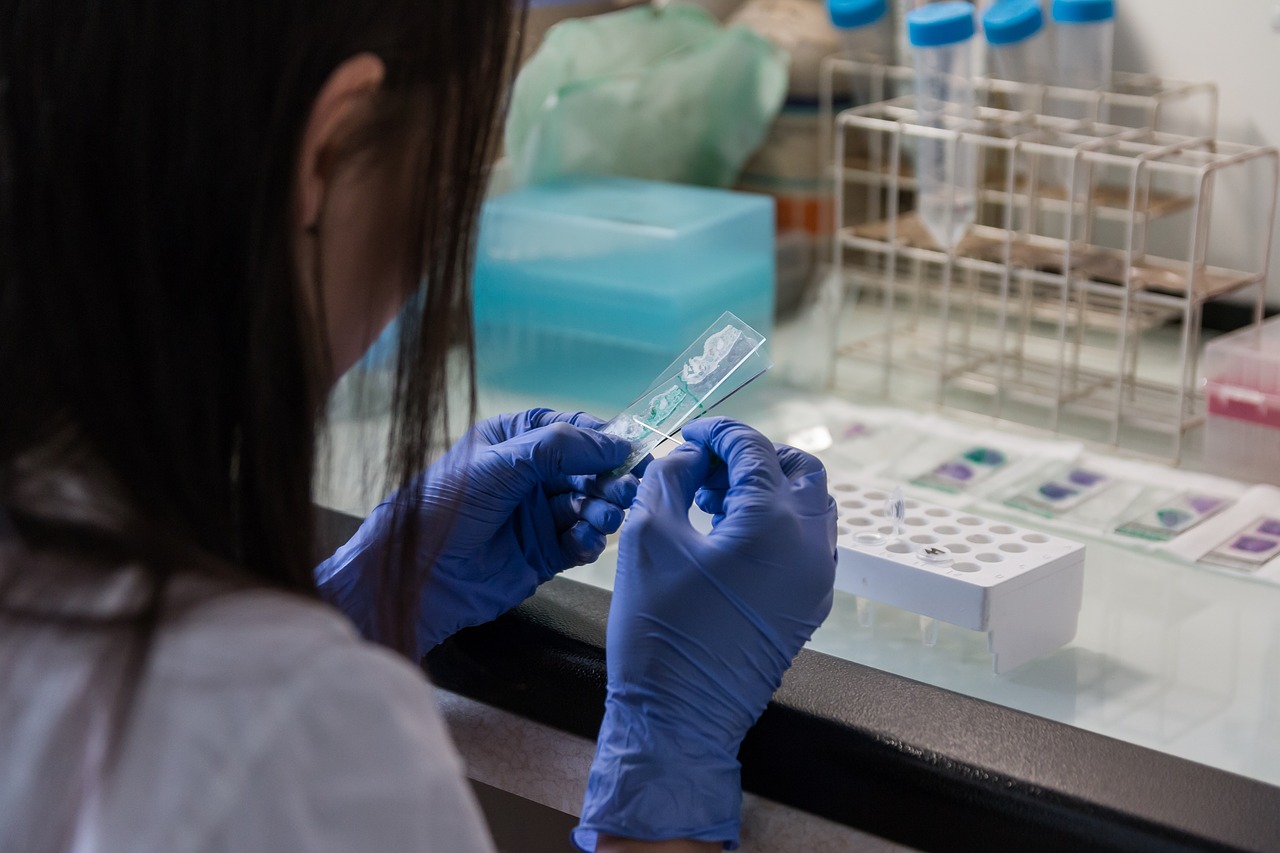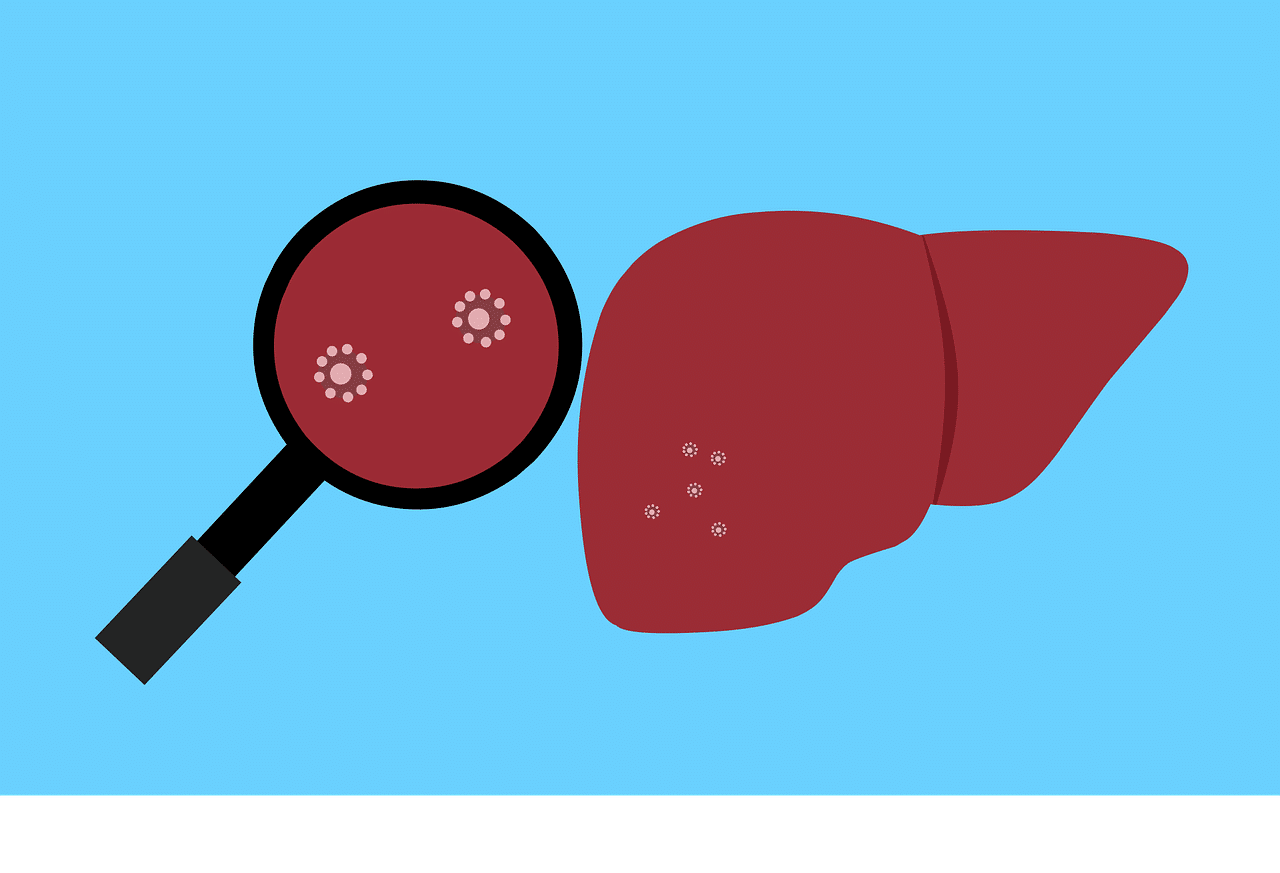Medical diagnostic errors are one of the most common problems in the healthcare units and they are likely to cause the most harm. More than 140,000 cases experience a diagnostic error in Australia alone. In the US, between 40,000 to 80,000 people lose their lives due to diagnostic errors. A new perspective paper published by an independent researcher from the University of Queensland explains how these errors can be reduced by following new strategies.
Also read- Diet Has No Role in Reducing or Increasing Depression
There is plenty of evidence that shows how common are these errors and where do these medical diagnostic errors most likely to occur. The National Academy of Medicine has defined these medical diagnostic errors as the complete failure of a diagnostic test to explain the health problem faced by a person. It also adds a failure to communicate the concern with the patient as a diagnostic error.
In simple words, the diagnostic reports that are wrong, missed, or delayed are called errors and many times these problems overlap but most of the time they occur independently of each other.
Ian Scott from the University of Queensland reveals that 21,000 misdiagnosis cases take place in clinical settings and they produce severe harms to these patient’s health. as a result of this, to 4000 patients lose their lives.
According to Scott, there is a high chance that general practitioners are also involved in these errors which are strange and unbelievable. The biggest reason that affects the decision making in a clinician include cognitive factors which account for 75% of the misdiagnosed cases. However, the good news is that 80% of these situations are avoidable without damaging the patient’s health.
Scott has listed numerous strategies that may help to address the cognitive errors at preliminary stages. These strategies are designed after analyzing numerous studies on medical misdiagnosis from various parts of the world.
He emphasizes that medical practitioners should be made aware of these possibilities which may damage their patient’s health. Numerous things such as seminars, campaigns, discussions, webinars, and lectures can help to make them aware of these possibilities.
These diagnostic checklists help clinicians to evaluate all the possibilities before diagnosing a patient with a certain disease. They can also discuss the problems related to diagnostics to avoid mistakes.
He has also identified other techniques such as discussion between clinicians, prioritizing the second opinion on a case, and searching independent cases for understanding the problems in diagnostics.
Also read- Zika Virus and Chikungunya Virus Maybe Involved in Stroke
The computed-based diagnostics are better and error-free wherever they are applicable and are appropriate. In addition to this, the clinician must communicate the situation to the patient and ask him his self-analysis of the condition.
The wrong diagnostics not only fail to address the actual reason behind a patient’s illness but also puts his health at risk with high chances of long-term effects. But simple strategies can reduce this chance, making sure that all patients are receiving a medically accurate diagnostic.
Scott has written these strategies in collaboration with Carmel Crock who is the Director of the Emergency Department at the Royal Victorian Eye and Ear Hospital. This study is now published in the Medical Journal of Australia.


